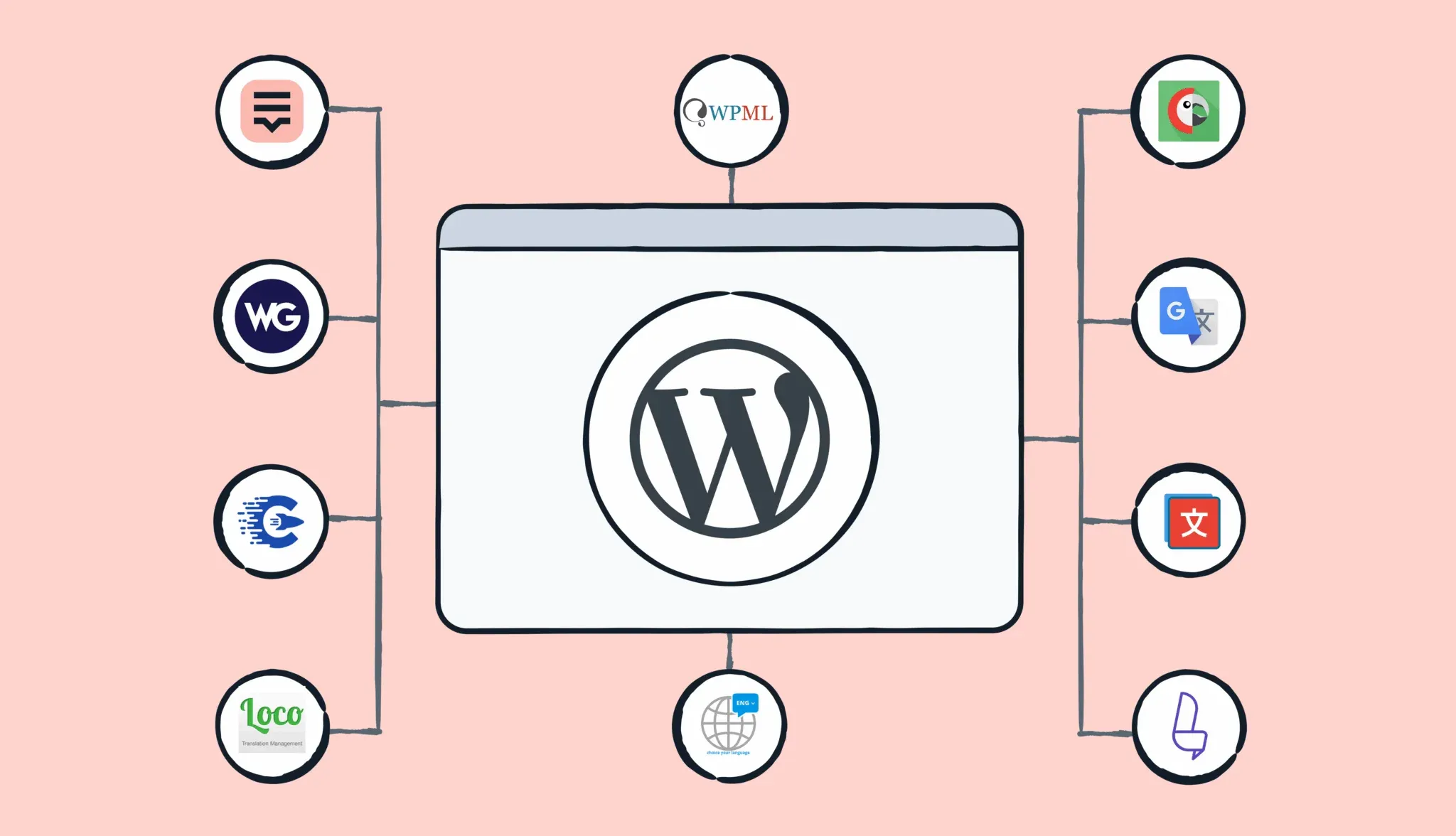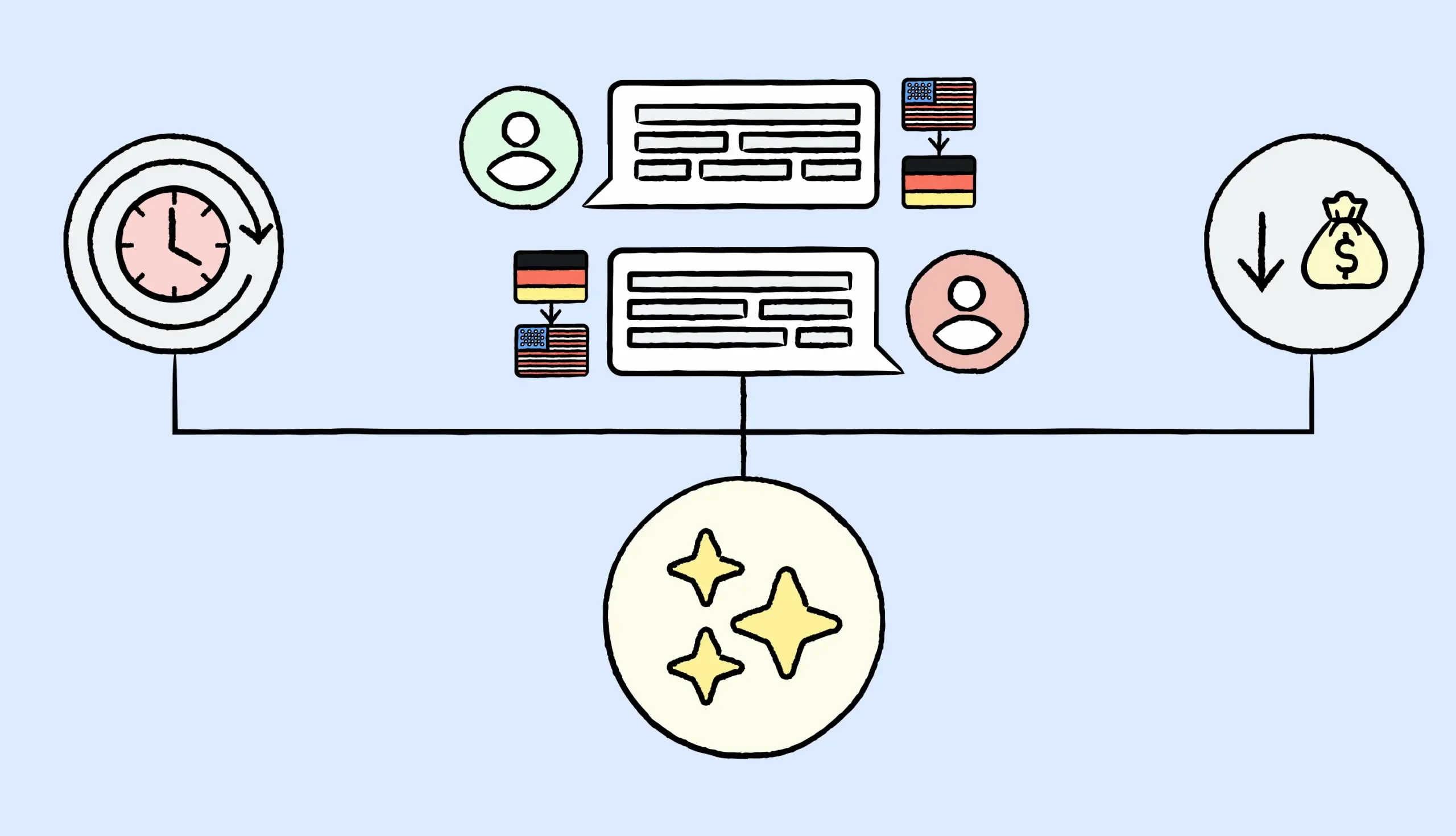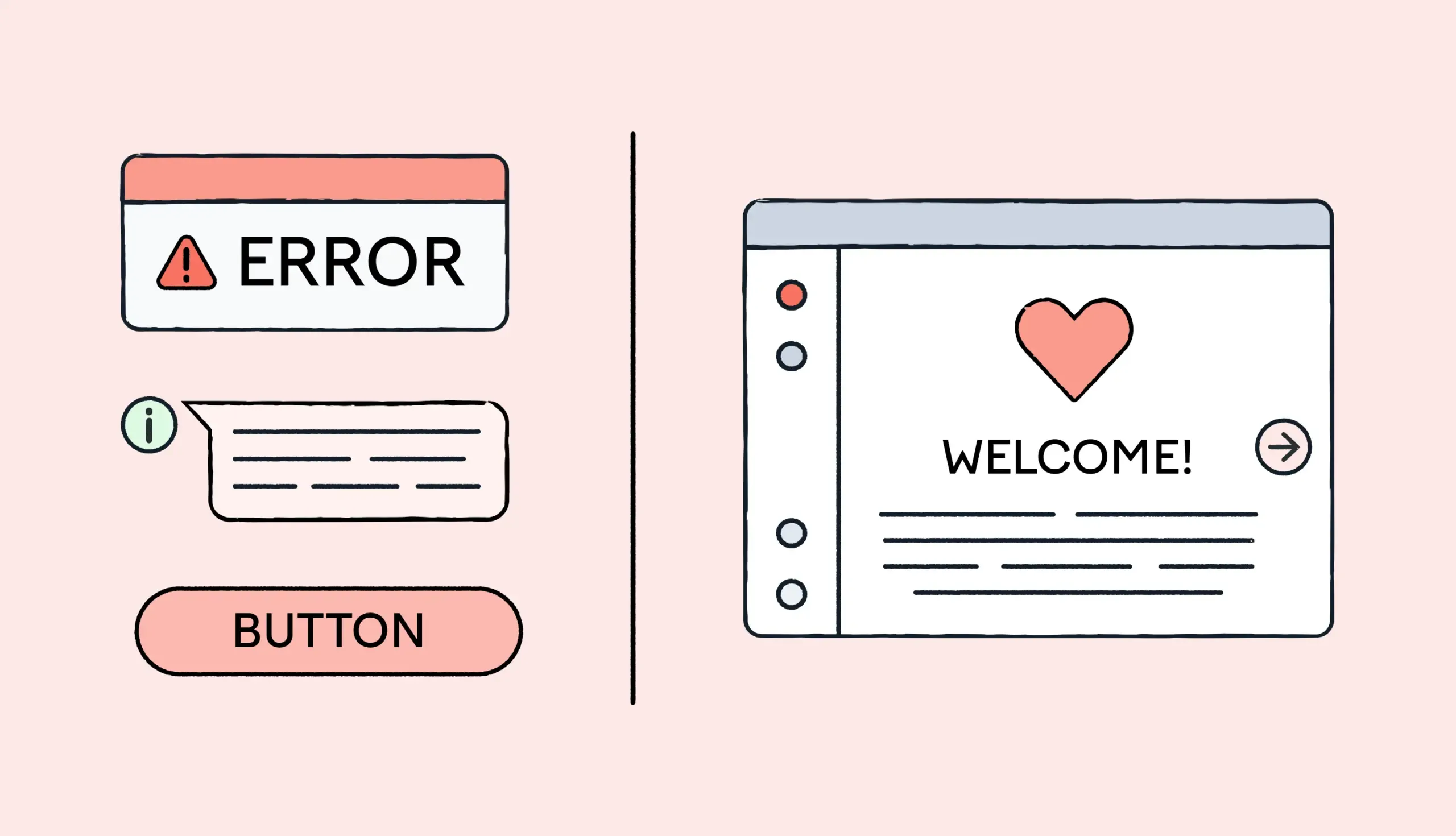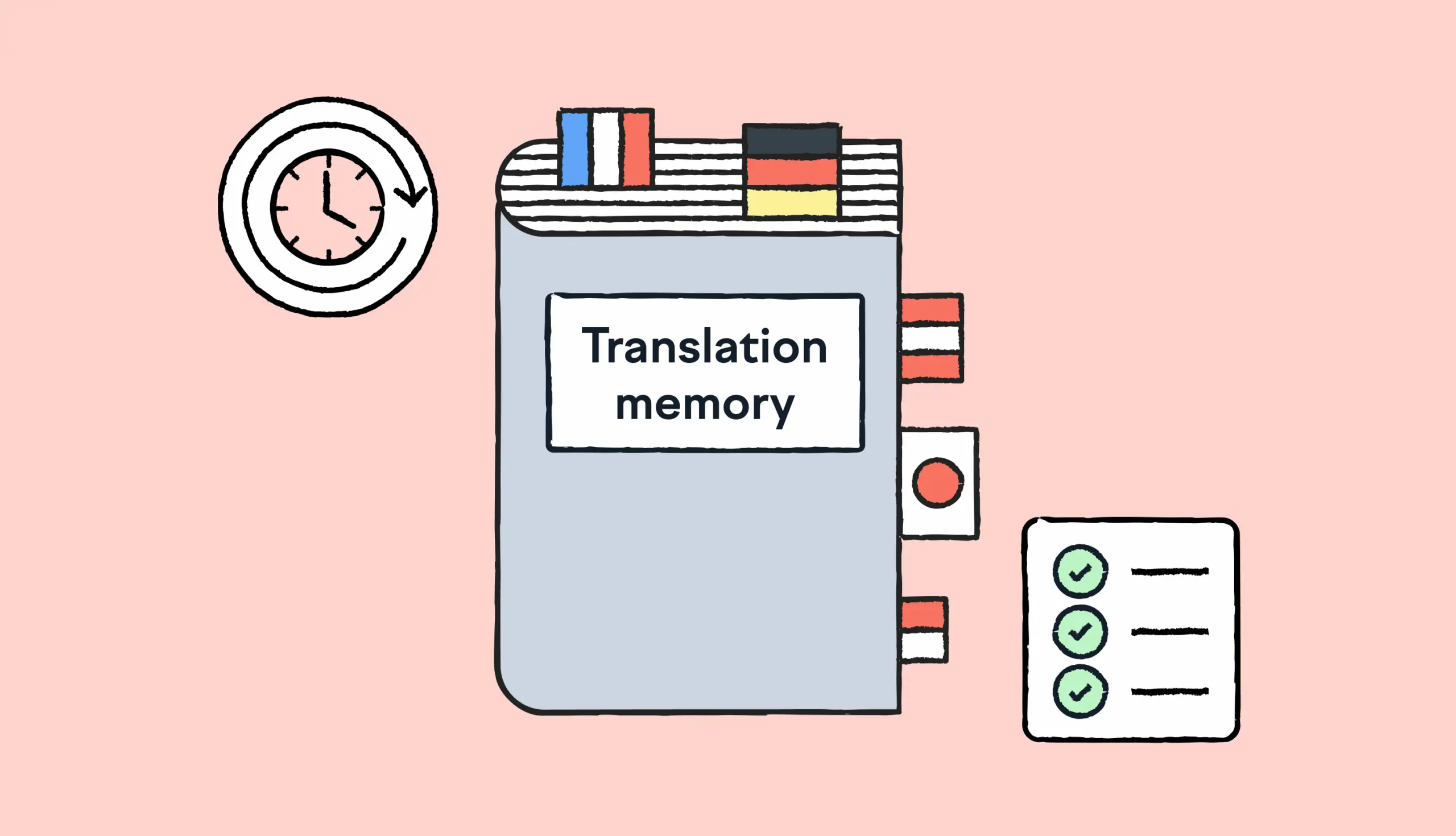Limitations and challenges of AI translation
AI translation is fast and efficient, but it’s not flawless. It can miss context, tone, and cultural nuance. That’s why a post-editing and human review are still irreplaceable, especially for high-stakes content.
AI can miss the mark when it comes to tone and nuance
AI is great at translating words, but it doesn’t always the feeling behind them. Humor, sarcasm, or emotional tone can get lost. This is risky, especially in marketing or creative content.
AI translation tools don’t always understand context
AI doesn’t actually “understand” language the way humans do. Without enough context, it might misinterpret technical terms, slang, or even entire sentences. This is why it’s important to provide context and feed it with translation memories and glossaries.
It can sound unnatural
Even when AI gets the meaning right, the result can still sound robotic or slightly off. That’s a problem when you’re trying to build trust or sound like a native speaker. Some tools such as DeepL claim to offer near-human-level translations that sound natural, but it’s best that you test them before committing to a paid plan.
It can’t adapt to brand voice (unless you train it to)
AI doesn’t instinctively know how your brand sounds. You cannot expect it to automatically pick this up from the source text. Without training or a glossary, your tone can shift from warm and friendly to formal and flat between languages.
AI translation may reinforce existing biases
Let’s be clear on one thing. AI learns from existing data. This sometimes includes outdated or biased language. Left unchecked, it can carry those issues into your translations without you realizing it. The antidote? Proper human review and quality assurance.
Every industry can win with AI translation
AI translation is becoming a practical advantage across every industry imaginable.
Product teams are using it to launch in new markets faster.
Support teams are scaling without hiring dozens of native speakers.
Healthcare apps are reaching patients in their native language.
Marketing teams are testing campaigns across multiple regions in the time it used to take to launch one.
It’s not a question of whether you should use AI in translation. It’s more about the how. The smartest teams combine AI speed with human oversight. You should never cut corners but find a way to scale smarter.
Lokalise AI was built with that in mind. It helps you move fast, stay on-brand, and plug translation into your workflow, but without losing control over what matters.
It helps you get 80% of translations right from the first go, which means you can translate 10x faster.If you’re ready to see how it fits into your team’s way of working, try Lokalise AI.





